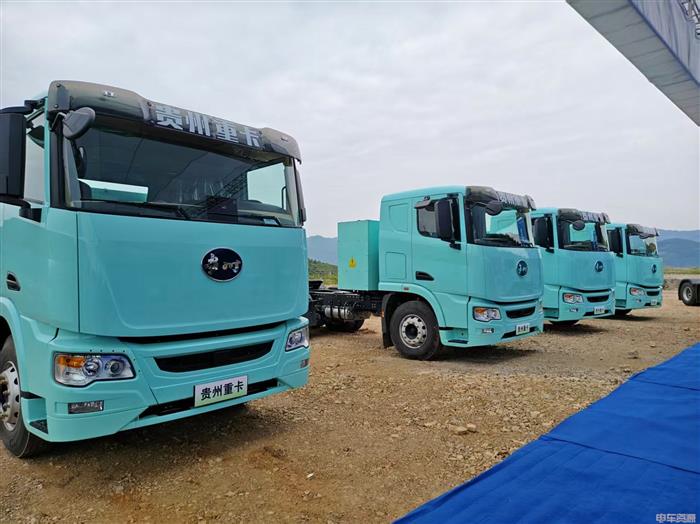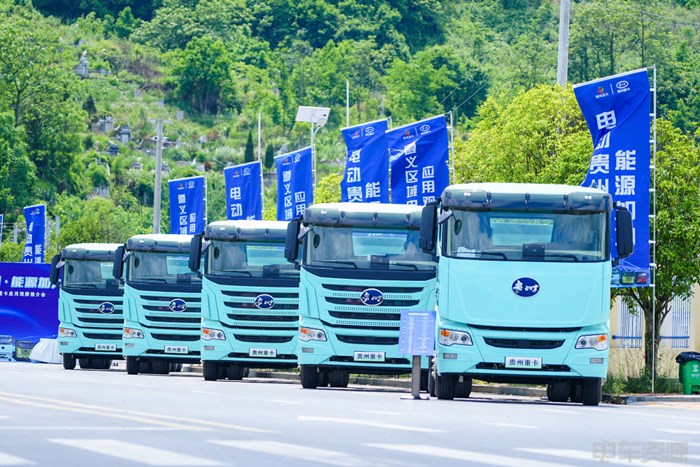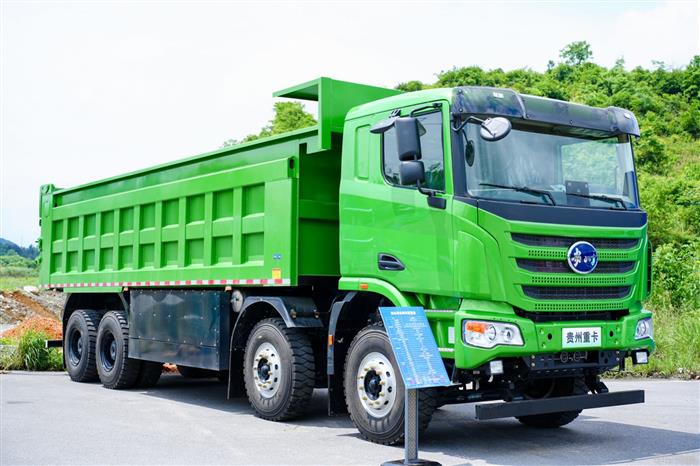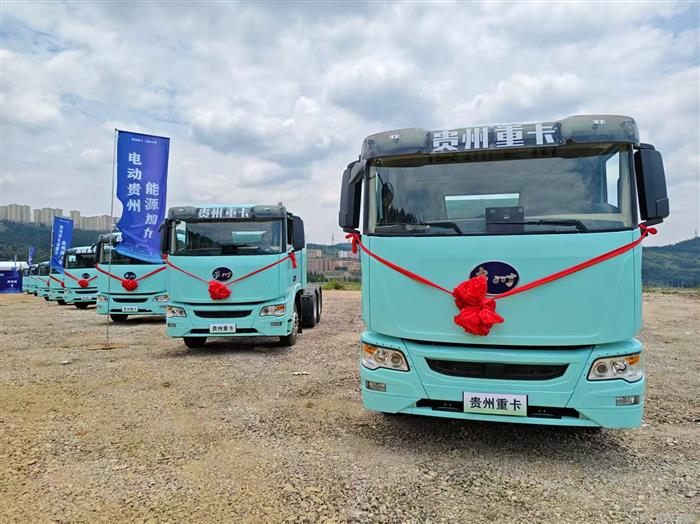Choosing Electric Swap Heavy Trucks, But Not Swapping?
In the process of upgrading the new energy vehicle industry, the electrification transformation in the heavy-duty truck sector continues to deepen. Battery-swap heavy trucks, as a key technological path in this field, have borne the important mission of addressing the energy replenishment efficiency bottleneck of heavy trucks and promoting the low-carbon transformation of the freight industry since their inception. However, the current market presents a contradictory phenomenon: although a large number of users purchase battery-swap heavy trucks, the battery-swap mode is rarely used in actual operation. The underlying logic behind this phenomenon deserves in-depth analysis by the industry.
Financial Attribute Resolution of Battery Swapping Value
The core competitiveness of battery-swapping heavy trucks in the early stage lies in the technical advantages of rapid energy replenishment and operational flexibility, aiming to reconstruct the energy supply system for heavy trucks. However, at the current stage, its market attributes have significantly shifted, with financial attributes continuously strengthening and usage value gradually weakening.
In the purchase cost of new energy heavy trucks, battery costs account for a significant 40%-60%, constituting the main financial pressure for users. The vehicle-battery separation model alleviates this by converting battery assets into rental services, significantly lowering the entry barrier for the industry. According to Green Heavy Truck, currently, a mainstream 400 kWh battery-swapping tractor can be purchased for about 200,000 yuan under the vehicle-battery separation scheme, while the purchase cost for a charging tractor with the same battery capacity is around 450,000 to 500,000 yuan. Even when both are financed through installment plans, the initial financial burden is still smaller for battery-swapping heavy trucks under the vehicle-battery separation model.

Under the model driven by the separation of vehicle and battery purchase, the sales of battery-swapping heavy trucks have achieved rapid growth. However, according to an investigation by Green Heavy Trucks, some fleets that have purchased battery-swapping heavy trucks have not chosen to cooperate in establishing battery-swapping stations and continue to use charging for energy replenishment. This phenomenon of choosing battery-swapping heavy trucks but not swapping batteries reflects a deviation between technical value and commercial choices. If the financial attributes are allowed to dominate market development, the core advantages of battery-swapping technology will be marginalized, restricting the sustainable development of industry technology.
The cost of battery swapping is difficult for fleets to balance.
From the perspective of the operating entity, the choice between battery swapping and charging modes is essentially a comprehensive consideration of cost-effectiveness and operational suitability. However, there are significant economies of scale barriers in the construction of battery swapping stations. A single battery swapping station typically needs to be equipped with 8-10 batteries and can serve over 100 vehicles per day. The construction cost usually ranges from 5 to 12 million yuan, covering core modules such as land-intensive utilization transformation, automated battery swapping equipment, and battery reserve systems.
For small and medium-sized fleets, if a battery swapping heavy truck is purchased along with a supporting battery swapping station, the operational capacity of the station is difficult to fully utilize, and the investment in the swapping station will instantly erase the cost advantages of battery and vehicle separation. Faced with the sharply rising costs of battery swapping stations, most small and medium-sized fleets that purchase battery swapping heavy trucks do not use battery swapping, which is a helpless choice.

Compared relatively, the charging mode has the advantage of lower marginal costs and can achieve cost optimization through peak-valley electricity price differences. At the same time, charging facilities have stronger site compatibility and can be collaboratively constructed with logistics parks, parking lots, and other scenarios, improving asset utilization efficiency. Additionally, the reduction in battery costs and the popularization of large-capacity heavy trucks further influence the choice of mode. Currently, heavy trucks with large-capacity batteries of over 400 kWh can achieve a single-charge range of 200-300 kilometers, which basically meets more than 80% of regional transportation needs. The maturity of the "operation-charging" off-peak mode allows small and medium-sized fleets to achieve energy replenishment through concentrated nighttime charging, further reducing reliance on battery swapping services.
Sales Changes Amid Policy Withdrawal
The adjustment of the new energy vehicle purchase tax policy is reshaping the market structure of battery-swapping heavy-duty trucks. According to the current policy framework, after the new energy vehicle purchase subsidies are withdrawn in 2026, battery-swapping heavy-duty trucks, which only incur purchase tax on the vehicle body under the battery separation model, will have a clear tax advantage compared to charging heavy-duty trucks.

With the adjustment of the new energy vehicle purchase tax policy, the market penetration rate of battery swapping heavy trucks is expected to reach parity with that of charging heavy trucks around 2026. However, it is important to note that this growth is mainly driven by the short-term advantages brought about by policy changes, rather than the long-term operational efficiency advantages of battery swapping technology itself. Without technological value as support, policy-driven growth may lead to a "false prosperity" in the market.
"Swap batteries without replacement," how to break the deadlock?
To resolve the core contradiction of "swapping batteries without actually swapping," it is necessary to promote the value reconstruction of the battery swapping ecosystem from the dual dimensions of unified technical standards and innovative business models.
At the infrastructure level, the current construction costs of battery swapping stations for heavy trucks are excessively high. Additionally, the multiple swapping standards from various battery companies restrict the interoperability of battery swapping for heavy trucks. It is necessary to build a multi-party win-win ecosystem to reduce construction and operation costs. The unification of standards and the updating of business models are inevitable. For example, Times Electric Service, a wholly-owned subsidiary of CATL, is exploring a composite model of "vehicle-battery separation + battery bank."
In the future, the real path for battery-swapping heavy trucks should focus on the core of the battery-swapping model, namely the batteries and the companies behind them. Once one or more battery companies establish a unified and standardized battery-swapping standard, vehicle manufacturers, battery companies, and operating companies can each perform their respective duties: vehicle manufacturers focus on vehicle research and manufacturing, battery companies provide standardized battery assets and build the battery-swapping network. At this point, operators only need to consider how to select vehicles, achieve shared ecological value, and promote the convenience of battery-swapping technology.

The battery-swapping heavy truck industry is currently at a critical balance point between technical value and commercial choices. Only by returning to the essence of technology and unleashing the inherent advantages of the battery-swapping model in terms of energy replenishment efficiency and asset utilization through systematic construction can the transformation from "policy/financial-driven" to "technology value-driven" be achieved, thereby truly advancing the electrification revolution in the freight industry.
【Copyright and Disclaimer】The above information is collected and organized by PlastMatch. The copyright belongs to the original author. This article is reprinted for the purpose of providing more information, and it does not imply that PlastMatch endorses the views expressed in the article or guarantees its accuracy. If there are any errors in the source attribution or if your legitimate rights have been infringed, please contact us, and we will promptly correct or remove the content. If other media, websites, or individuals use the aforementioned content, they must clearly indicate the original source and origin of the work and assume legal responsibility on their own.
Most Popular
-

List Released! Mexico Announces 50% Tariff On 1,371 China Product Categories
-

EU Changes ELV Regulation Again: Recycled Plastic Content Dispute and Exclusion of Bio-Based Plastics
-

Clariant Unveils Cost-Cutting Plan Details, Plans to Shut Down Multiple Plants
-

Nissan Cuts Production of New Leaf EV in Half Due to Battery Shortage
-

Mexico officially imposes tariffs on 1,400 chinese products, with rates up to 50%






